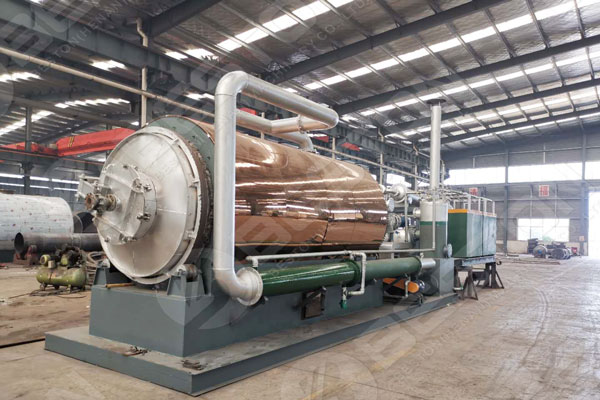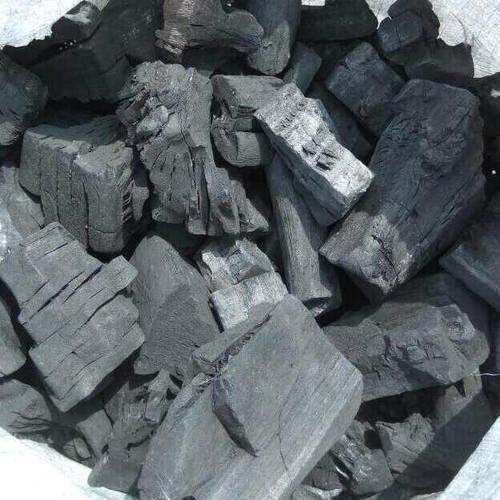Pyrolysis, a thermochemical process that converts biomass into biofuels and valuable products, has gained significant attention due to its potential in sustainable energy production and waste management. Two primary pyrolysis techniques are fast pyrolysis and slow pyrolysis, each with its distinct advantages and limitations.
I. Principles of Fast Pyrolysis and Slow Pyrolysis
1.1 Fast Pyrolysis Fast pyrolysis involves rapidly heating biomass at high temperatures (typically 400-600°C) in the absence of oxygen for a short residence time (seconds to a few minutes). The process yields a high percentage of bio-oil, along with char and gas, due to the rapid heating rates and short vapor residence times.
1.2 Slow Pyrolysis In slow pyrolysis, biomass is heated at lower temperatures (typically 350-500°C) in a limited oxygen environment. The process occurs over an extended period (several hours to days), allowing for the production of a higher percentage of charcoal machine and lesser quantities of bio-oil and gas compared to fast pyrolysis.
II. Process Characteristics
2.1 Fast Pyrolysis
- Rapid heating rates and short residence times lead to high bio-oil yields.
- Requires a finely ground biomass feedstock to ensure efficient heat transfer and vaporization.
- Less char is produced, and the bio-oil requires further upgrading to remove impurities.
- Suitable for producing liquid biofuels and chemicals due to the high bio-oil yield.

2.2 Slow Pyrolysis
- Slower heating rates and longer residence times result in higher biochar yields.
- Can accommodate larger and less uniform biomass feedstocks, reducing the need for extensive preprocessing.
- The biochar produced by carbonizing machine can be utilized as a soil amendment, offering potential benefits in carbon sequestration and improving soil fertility.
- Lesser bio-oil yields make it less economically viable for biofuel production but offer opportunities in other applications.
III. Product Yields
3.1 Fast Pyrolysis Fast pyrolysis primarily produces bio-oil, which typically accounts for 60-75% of the product yield. The remaining output includes char (15-25%) and non-condensable gases (10-20%).
3.2 Slow Pyrolysis Slow pyrolysis yields more biochar, usually comprising 30-40% of the product. Bio-oil constitutes a smaller percentage (around 15-25%), along with non-condensable gases (15-20%).

IV. Applications
4.1 Fast Pyrolysis
- The high bio-oil yield makes fast pyrolysis suitable for producing renewable liquid fuels that can be used as a drop-in replacement for fossil fuels.
- Bio-oil by biomass pyrolysis plant can also be processed into various chemicals and materials, contributing to a diverse range of industries.
- The gas produced during fast pyrolysis can be used for heat and electricity generation.
4.2 Slow Pyrolysis
- Biochar from slow pyrolysis finds applications as a soil amendment, enhancing soil fertility, water retention, and nutrient absorption.
- It aids in carbon sequestration, helping to mitigate greenhouse gas emissions and combat climate change.
- While bio-oil yields are lower, it can still be refined for certain applications in the chemical industry.
There are more details in Beston Group.